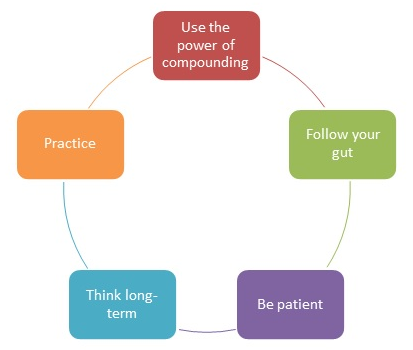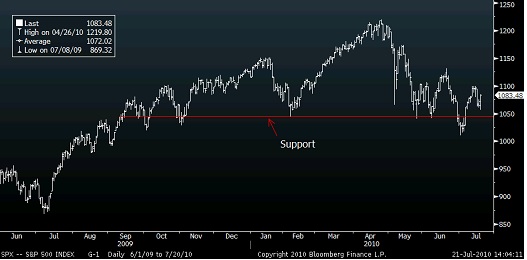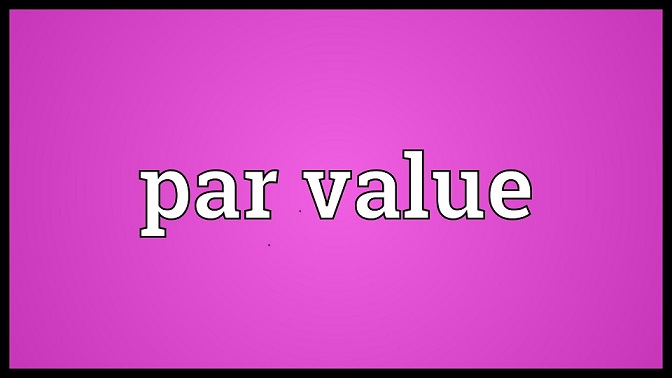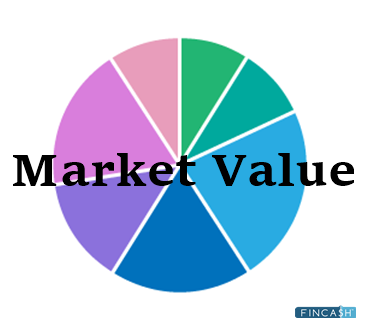What is Value Network Analysis?
Value network analysis refers to a business methodology that evaluates members of a company to determine the relationship between the value network and business activities. It's commonly done using tools like social network modelling, system dynamics, and process instruments to visualise the link between various business processes.
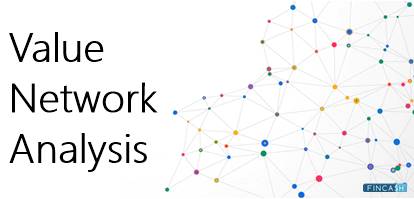
The participants are assessed based on their knowledge and other intangible assets that they bring to the table. Value network analysis examines corporate operations' financial and non-financial aspects.
Value Network in Business Model
A value network is a collection of affiliated organisations and individuals that work together to benefit the whole group. Members of a value network can purchase and sell things and share information. A simple mapping tool that shows nodes and connectors can be used to visualise these networks.
Types of Value Networks
The most common types of value networks are as follows:
Clayton Christensen's Network
Any new participants in the Clayton Christensen network will be moulded to fit the present network or business model's shape according to the Clayton Christensen network. Since new entrants would most likely adapt and fall in line with the current network, it will be difficult for them to break through and supply fresh ideas or make changes.
Network of Fjeldstad and Stabells
Customers, services, service providers, and contracts that provide access to services are the most significant aspects of a network, according to Fjeldstad and Stabells. According to this notion, customers are critical to the network, and their participation adds value. Customers sign up for social media sites like Facebook, Instagram, YouTube, and TikTok, agree to the contract terms, and provide value to the network.
Constellations of Normann and Ramirez
Networks are fluid configurations that allow for constant change and improvement, according to the Normann and Ramirez constellations. Members of the network are responsible for analysing current relationships and looking for opportunities to offer value.
Networks of Verna Allee
Verna Allee's networks believe that networks generate both tangible and intangible value and that value network analysis should be integrated into all aspects of an organisation to extract the most excellent value at each stage.
Talk to our investment specialist
Value Network Analysis Example
An investor usually offers advice to the startup they are financing because by assisting the founders in turning their ideas into a viable business, all stakeholders benefit from the company's growth. This guidance could come in the form of the investor's knowledge.
The investor may facilitate introductions between the startup's founders and other businesses with which they might collaborate to further their goals. If a firm requires a prototype of its product, for example, an investor might be able to refer them to a company that makes made-to-order prototypes.
Similarly, suppose the startup is seeking a large manufacturer or a distributor. In that case, the advice they receive may benefit everyone involved because it might mean more revenue for each company and individual.
Value Network vs. Value Chain
Traditionally, the Value Chain model has been linear, with a single supplier supplying items to a single merchant, who then sells to a single customer. The value network model is increasingly complicated, with numerous distinct suppliers, retailers, and customers. This means that retailers can interact with other retailers in addition to their customers and suppliers.
Instead of depending on a single member to deliver all the commodities or services required for production or consumption, the value network model spreads risk across the ecosystem's players.
Value Network Marketing
Marketing channels and value networks are companies' ears and eyes in the Market. They give businesses vital information on customers, competitors, and other market players.
Conclusion
The methodology used in value network analysis can assist a company in optimising its internal and external value networks, maximising outside relationships and team synergy within the operation. This comprises sharing knowledge, information, and skills across the organisation's ties. The analysis aims to increase communication and collaboration among all parties involved to function at peak Efficiency and boost overall production.
All efforts have been made to ensure the information provided here is accurate. However, no guarantees are made regarding correctness of data. Please verify with scheme information document before making any investment.

